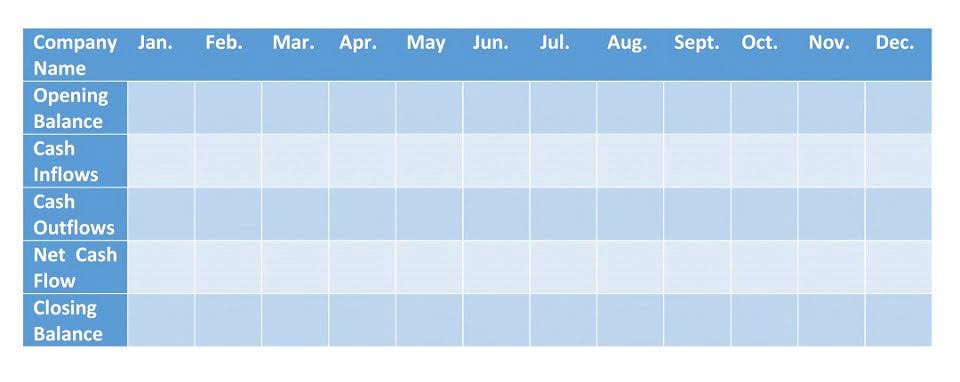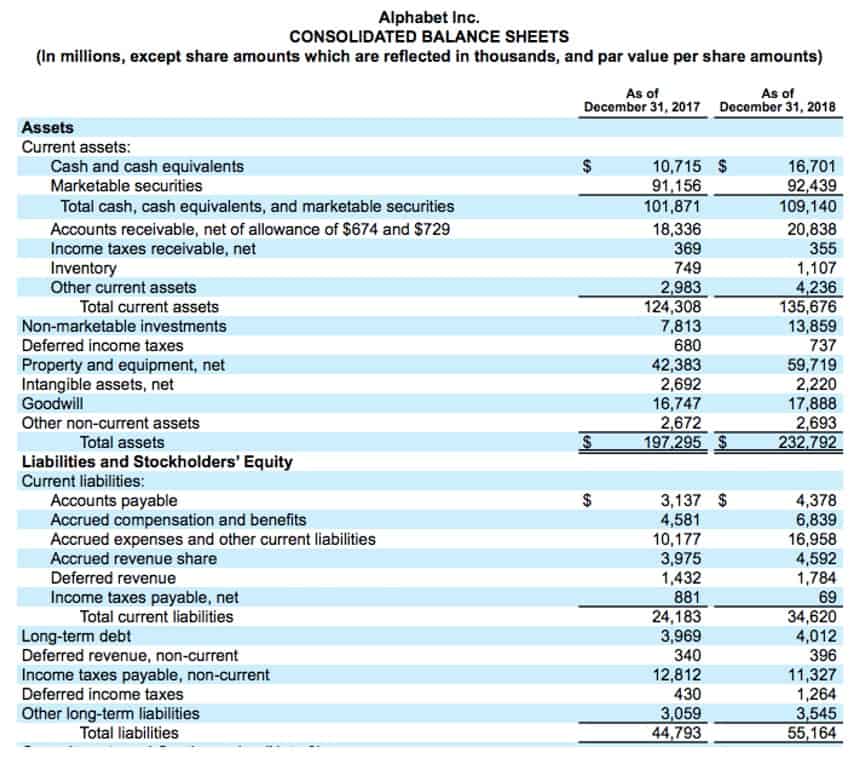We may earn a commission when you click on a link or make a purchase through the links on our site. All of our content is based on objective analysis, and the opinions are our own. SecondMedic is a patient-centric, tech-enabled healthcare ecosystem that provides dedicated health ambassadors and a wide range of customized healthcare services.
How to Calculate Contribution Margin?
A high Contribution Margin Ratio indicates that each sale produces more profit than it did before and that the business will have an easier time making up fixed costs. A low Contribution Margin Ratio, on the other hand, suggests that there may be difficulty in covering fixed costs and making profits due to lower margins on individual sales. The CM ratio is extremely useful and important since it shows how the contribution margin will be affected by a change in total sales. This means that for each dollar increase in sales, total contribution margin will increase by 40 cents ($1 sales × CM ratio of 40%). Net operating income will also increase by 40 cents, assuming that fixed cost do not change.
Contribution Margin
The contribution margin ratio (CMR) expresses the contribution margin as a percentage of revenues. The concept of this equation relies on the difference between fixed and variable costs. Fixed costs are production xero hour 2021 costs that remain the same as production efforts increase. Variable costs, on the other hand, increase with production levels. It also results in a contribution margin ratio of $14/$20, or 70 percent.
Accounting for Managers
As a business owner, you need to understand certain fundamental financial ratios to manage your business efficiently. These core financial ratios include accounts receivable turnover ratio, debts to assets ratio, gross margin ratio, etc. A metric that demonstrates the profitability of a company’s products or services.
Module 8: Cost Volume Profit Analysis
Calculating the contribution margin for each product is one solution to business and accounting problems arising from not doing enough financial analysis. Calculating your contribution margin helps you find valuable business solutions through decision-support analysis. A low margin typically means that the company, product line, or department isn’t that profitable. An increase like this will have rippling effects as production increases. Management must be careful and analyze why CM is low before making any decisions about closing an unprofitable department or discontinuing a product, as things could change in the near future. Look at the contribution margin on a per-product or product-line basis, and review the profitability of each product line.
Before calculating your contribution margin, you need to be clear about which costs are variable and which ones are fixed. Variable business costs are expenses that change according to the number of a product that is produced — for example, materials or sales commissions. Fixed business costs stay the same, irrespective of the number of products that are produced, such as insurance and property taxes.
This is because the breakeven point indicates whether your company can cover its fixed cost without any additional funding from outside financiers. Thus, the concept of contribution margin is used to determine the minimum price at which you should sell your goods or services to cover its costs. The gross sales revenue refers to the total amount your business realizes from the sale of goods or services. That is it does not include any deductions like sales return and allowances.
The Contribution Margin Ratio is the product revenue remaining after deducting all variable costs, expressed on a per-unit basis. A. A good microalbumin creatinine ratio typically falls below 30 mg/g (milligrams of albumin per gram of creatinine). To simplify the process, you can also use online microalbumin creatinine ratio calculators. These tools allow you to enter the specific values for albumin and creatinine, and they automatically generate the corresponding ratio. It’s important to note that these calculators are intended to assist in understanding the ACR and should not replace medical advice or diagnosis. For League Recreation’s Product A, a premium baseball, the selling price per unit is $8.00.
The best contribution margin is 100%, so the closer the contribution margin is to 100%, the better. The higher the number, the better a company is at covering its overhead costs with money on hand. The contribution margin ratio is calculated as (Revenue – Variable Costs) / Revenue.
The urine albumin-creatinine ratio (uACR) shows whether you have albumin in your urine. Contribution margin ratio can be calculated by dividing contribution margin with sales.How tocalculate contribution margin ratio/ percentage per unit is shown by the following example. The contribution margin as a percentage of total sales is referred to as contribution margin ratio (CM Ratio). Microalbumin is not a mysterious entity; rather, it’s a small quantity of the protein albumin.
Regular monitoring of microalbumin levels and the ACR is especially important for individuals with conditions such as diabetes or hypertension, who are at a higher risk of developing kidney complications. The variable costs equal https://www.bookkeeping-reviews.com/ $6, because the company pays $4 to manufacture each unit and $2 for the labor to create unit. One challenge that may not be highlighted by using this financial analysis is how much resource is required to produce the product.
Selling products at the current price may no longer make sense, and if the contribution margin is very low, it may be worth discontinuing the product line altogether. This strategy can streamline operations and have a positive impact on a firm’s overall contribution margin. In order to calculate the contribution margin ratio, you’ll first need to calculate the contribution margin. To improve the business contribution margin, the business has a range of options that include price increases, operational efficiencies, reducing cost or negotiating supplier discounts.
The difference between variable costs and fixed costs is as follows. The contribution margin may also be expressed as a percentage of sales. When the contribution margin is expressed as a percentage of sales, it is called the contribution margin ratio or profit-volume ratio (P/V ratio). A. A microalbumin creatinine ratio greater than 20 mg/g suggests potential kidney impairment, which can be indicative of kidney disease. To calculate contribution margin (CM) by product, calculate it for each product on a per-unit basis. After you’ve completed the unit contribution margin calculation, you can also determine the contribution margin by product in total dollars.
This concept is especially helpful to management in calculating the breakeven point for a department or a product line. Management uses this metric to understand what price they are able to charge for a product without losing money as production increases and scale continues. It also helps management understand which products and operations are profitable and which lines or departments need to be discontinued or closed. It will depend on your industry and product line as to what is deemed a satisfactory or good contribution margin. However, the closer the contribution margin is to 100%, the more funds are available to cover the fixed costs of the business and deliver a higher profit. Say, your business manufactures 100 units of umbrellas incurring a total variable cost of $500.
Important NoticeThe information contained in this article is general in nature and you should consider whether the information is appropriate to your needs. Reducing cost can be the most difficult option as it will most likely mean labor reduction or negotiating to spend less with your suppliers. It sounds like some technical jargon that your accountant may throw at you, but it’s actually quite simple to measure and understand.
- Selling price per unit times number of units sold for Product A equals total product revenue.
- The contribution margin (CM) ratio is the ratio of the total contribution margin to total sales revenue.
- Thus, you need to make sure that the contribution margin covers your fixed cost and the target income you want to achieve.
- On the other hand, the net profit per unit may increase/decrease non-linearly with the number of units sold as it includes the fixed costs.
- Fixed expenses do not vary with an increase or decrease in production.
Instead, management uses this calculation to help improve internal procedures in the production process. The Indirect Costs are the costs that cannot be directly linked to the production. Indirect materials and indirect labor costs that cannot be directly allocated to your products are examples of indirect costs.
Further, the contribution margin formula provides results that help you in taking short-term decisions. Very low or negative contribution margin values indicate economically nonviable products whose manufacturing and sales eat up a large portion of the revenues. Alternatively, the company can also try finding ways to improve revenues. However, this strategy could ultimately backfire, and hurt profits if customers are unwilling to pay the higher price. In the most recent period, it sold $1,000,000 of drum sets that had related variable expenses of $400,000.
Cost accountants, financial analysts, and the company’s management team should use the contribution margin formula. If all variable and fixed costs are covered by the selling price, the breakeven point is reached, and any remaining amount is profit. For variable costs, the company pays $4 to manufacture each unit and $2 labor per unit. You need to calculate the contribution margin to understand whether your business can cover its fixed cost. Also, it is important to calculate the contribution margin to know the price at which you need to sell your goods and services to earn profits.
Shaun Conrad is a Certified Public Accountant and CPA exam expert with a passion for teaching. After almost a decade of experience in public accounting, he created MyAccountingCourse.com to help people learn accounting & finance, pass the CPA exam, and start their career. Management should also use different variations of the CM formula to analyze departments and product lines on a trending basis like the following. To illustrate the concepts of contribution margin, consider the following example.
This means that $15 is the remaining profit that you can use to cover the fixed cost of manufacturing umbrellas. Also, you can use the contribution per unit formula to determine the selling price of each umbrella. That is, fixed costs remain unaffected even if there is no production during a particular period. Fixed costs are used in the break even analysis to determine the price and the level of production.
Contribution margin ratio is the ratio of contribution margin to sales. It is calculated by dividing the excess of sales over variable costs with sales. It is the point at which a company breaks even, i.e. its total costs equal total sales.
Let’s embark on a journey to understand how the microalbumin creatinine ratio plays a vital role in maintaining healthy kidneys. Calculating contribution margin (the difference between sales revenue and variable costs) is an effective financial analysis tool for making strategic business decisions. Companies typically use this metric to determine how much revenue they generate by producing each additional unit after breaking even, measuring how much new sales contribute to their profits. The gross profit margin represents a company’s total profits, while the contribution margin only refers to the earnings per unit. Typically, investors like to see a company’s profit margin in their pitch deck, while the contribution margin ratio is used for internal business decision-making. The contribution margin reflects a company’s profitability on each unit sold.
Calculate contribution margin for the overall business, for each product, and as a contribution margin ratio. Calculations with given assumptions follow in the Examples of Contribution Margin section. Contribution margin calculation is one of the important methods to evaluate, manage, and plan your company’s profitability.
Also important in CVP analysis are the computations of contribution margin per unit and contribution margin ratio. Once you have calculated the total variable cost, the next step is to calculate the contribution margin. The contribution margin is the difference between total sales revenue and the variable cost of producing a given level of output. More specifically, using contribution margin, your business can make new product decisions, properly price products, and discontinue selling unprofitable products that don’t at least cover variable costs. The business can also use its contribution margin analysis to set sales commissions. Variable costs are not typically reported on general purpose financial statements as a separate category.
CM is used to measure product profitability, set selling prices, decide whether to introduce a new product, discontinue selling a product, or accept potential customer orders with non-standard pricing. The variable costs to produce the baseball include direct raw materials, direct labor, and other direct production costs that vary with volume. This means that the production of grapple grommets produce enough revenue to cover the fixed costs and still leave Casey with a profit of $45,000 at the end of the year. The contribution margin ratio of a business is the total revenue of the business minus the variable costs, divided by the revenue.
By maintaining optimal microalbumin and ACR levels, you can proactively manage your kidney health and take necessary steps to prevent or slow down the progression of kidney disease. As another step, you can compute the cash breakeven point using cash-based variable costs and fixed costs. Compare the lines for determining accrual basis breakeven and cash breakeven on a graph showing different volume levels. A business has a negative contribution margin when variable expenses are more than net sales revenue. If the contribution margin for a product is negative, management should make a decision to discontinue a product or keep selling the product for strategic reasons. Cost accountants, FP&A analysts, and the company’s management team should use the contribution margin formula.
As mentioned above, contribution margin refers to the difference between sales revenue and variable costs of producing goods or services. This resulting margin indicates the amount of money available with your business to pay for its fixed expenses and earn profit. In other words, contribution margin per unit is the amount of money that each unit of your product generates to pay for the fixed cost. Accordingly, the contribution margin per unit formula is calculated by deducting the per unit variable cost of your product from its per unit selling price. A contribution margin ratio of 80% means 80% of this company’s revenue is available for fixed costs, which can be subtracted from the contribution margin to give you a profit margin. In other words, 20% of this company’s profits are used for variable costs per unit.
Buying items such as machinery are a typical example of a fixed cost, specifically a one-time fixed cost. Regardless of how much it is used and how many units are sold, its costs remains the same. However, these fixed costs become a smaller percentage of each unit’s cost as the number of units sold increases. In accounting, contribution margin is the difference between the revenue and the variable costs of a product. It represents how much money can be generated by each unit of a product after deducting the variable costs and, as a consequence, allows for an estimation of the profitability of a product.
The contribution margin (CM) ratio is the ratio of the total contribution margin to total sales revenue. It is used in target profit and break-even analysis and can be used to quickly estimate the effect on profits of a change in sales revenue. In conclusion, we’ll calculate the product’s contribution margin ratio (%) by dividing its contribution margin per unit by its selling price per unit, which returns a ratio of 0.60, or 60%.
Iverson had $660,000 of fixed expenses during the period, resulting in a loss of $60,000. The contribution margin is not necessarily a good indication of economic benefit. Companies may have significant fixed costs that need to be factored in. The formula to calculate the contribution margin ratio (or CM ratio) is as follows.








